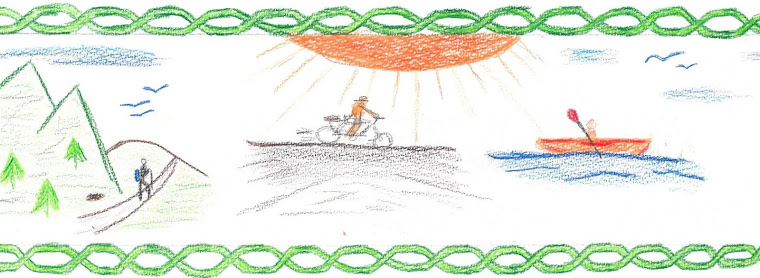Dawn has broken a second day on a crippled, post super storm
Sandy New York City. The extent of the damage
is much more evident this morning than it was twenty-our hours ago, a mere
twelve hours after Sandy rampaged across the area. Adjectives such as “epic”, “monumental
proportions”, “unprecedented”, and “devastating” are being used by officials,
newscasters, and the common person to describe the aftermath. Some areas of destruction have been compared
to areas bombed out during World War II.
Most of lower Manhattan is still without power, and may be
for several days. New York City buses
are starting to run but with all eight subway tunnels under the East River and
some lower Manhattan subway stations flooded, it will take at least four to
five days until subway service is restored.
The New York Subway is the heart of the city and without it our economic
and cultural life is severely limited.
The hardest hit areas of the city are definitely the lowest
lying areas in “Zone A” as the flooding caused by the storm surge was more damaging
than wind or rain. Especially hard hit
are lower Manhattan, Coney Island, and the Rockaway peninsula. Public access to
the Rockaways is still restricted as New York Fire and Police personnel go door
to door looking for trapped and stranded residents. The count of homes in the Rockaway community
of Breezy Point that were lost to fire now stands at one hundred and ten. Yesterday at this time, the estimate was
fifty.
To the east, on Long Island, the barrier island of Fire
Island was perhaps hardest hit. Residents who chose to stay behind on Fire
Island are still being rescued.
What Long Island and New York City has experienced, however,
pales in comparison to what New Jersey has been asked to endure. The city of Hoboken, across from New York, is
apparently still isolated and cut off after suffering severe flooding, and as
many as 20,000 residents await rescue. The
barrier island communities further south, including points from Sandy Point
south to Cape May, communities such as Point Pleasant, Seaside, and Atlantic
City, are devastated.
Throughout the NY-NJ-CN Metro region, mass transit is
essentially non-existent. If roads in
the stricken areas are open, traffic lights might not be working. Officials are using helicopters to survey the
damage.
Kudos to New York City Mayor Bloomberg, New York State
Governor Cuomo, and New Jersey Governor Christie who have not only been touring
affected areas but also holding routine broadcast news conferences full of
updates. Local NPR (WNYC), NY 1 (our
local cable news station) and the New York Times as well as various other media
outlets have been doing a great job providing information.
Living in New York City, it is sometimes difficult to
determine what news is local and what is national. It sometimes seems that the eyes of the
nation, if not the world, are focused on New York City, or New Yorkers at least
expect them to be so. Now those eyes
are, and will be for a while, until the next natural disaster or war or famine points
those eyes elsewhere.
Compared to the adversity faced by others, I have little to complain about. I not only have a roof over my head, I have power, water, heat, cable and internet service. Since yesterday afternoon, however, I have been experiencing Verizon cell phone service loss as the infrastructure, with 25% of towers not working, seems unable to support the network.

